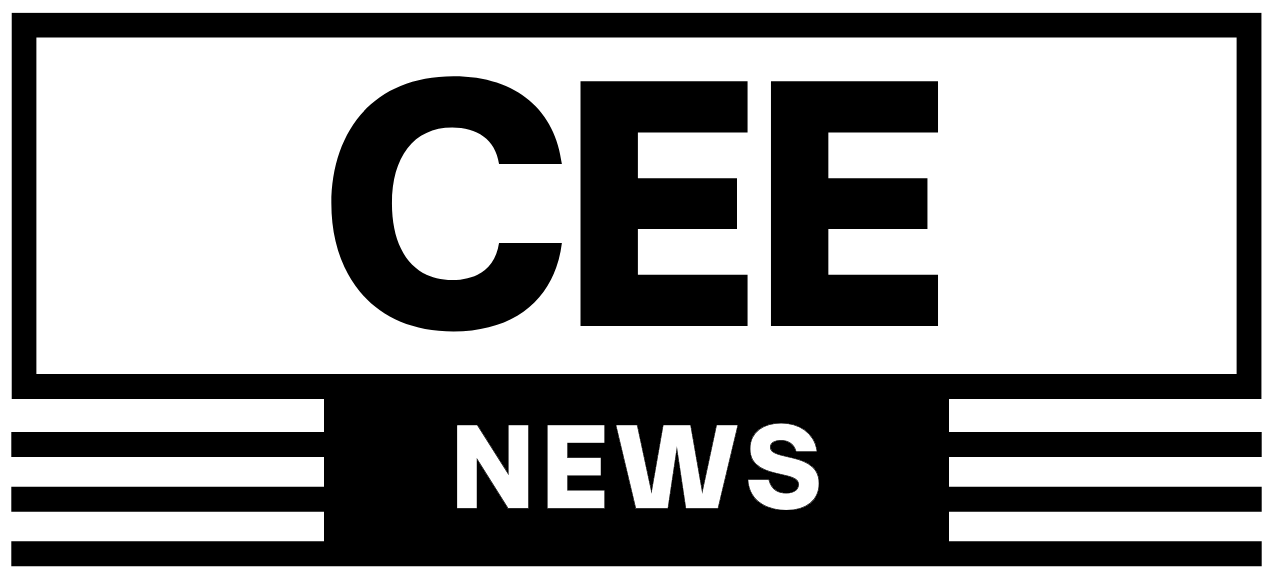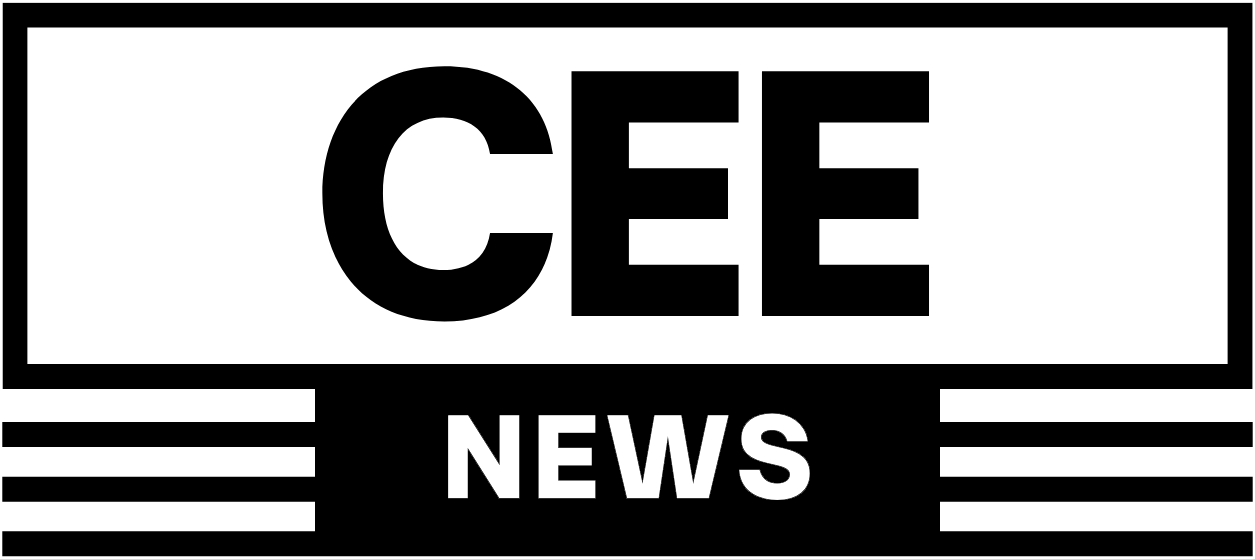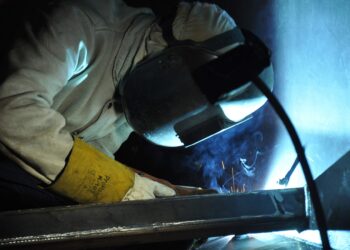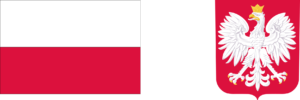After a quarter-century of stop-start bargaining, Brussels has finally put the EU–Mercosur agreement on the rails for approval. On 3 September 2025 the European Commission sent two texts to EU governments and the European Parliament: a full EU–Mercosur Partnership Agreement and a narrower, trade-only interim Trade Agreement. The strategy is to bring the trade text into force first—after Parliament’s consent and a qualified-majority vote in the Council—and later replace it with the broader partnership once every EU country ratifies. At its core, the deal links Europe’s industrial heft to South America’s largest market. Mercosur—Argentina, Brazil, Paraguay and Uruguay, with Venezuela suspended and Bolivia having joined the bloc in 2024—is the EU’s second-largest goods partner in Latin America. The agreement as tabled covers the four original members and would remove a large share of tariffs in both directions while setting rules for services, public procurement, intellectual property (including hundreds of protected geographical indications) and a sustainability chapter.
On tariffs, Mercosur would scrap duties on the vast majority of EU exports over transition periods, with emblematic items like cars phasing down from 35% to zero in fifteen years, while the EU would eliminate tariffs on most Mercosur exports within a decade. Sensitive farm trade is fenced off with tariff-rate quotas; Mercosur would gain capped access for beef, poultry, sugar and ethanol, while European dairy, wines and spirits secure better entry to South American markets. A horizontal safeguard allows either side to act quickly if imports surge or prices collapse. Beyond goods, EU firms would for the first time be able to bid on a significant slice of public contracts in Mercosur countries on equal terms. There are chapters on services and establishment, state-owned enterprises, subsidies, technical barriers, sanitary and phytosanitary measures, customs facilitation and dispute settlement, with annexes specifying the procurement coverage and sectoral rules. The sustainability provisions reference Paris Agreement obligations, commitments on deforestation and core labour rights. Critics argue enforcement still lacks teeth; the Commission insists standards will not be lowered and that monitoring will be robust.
Timing is not accidental. With higher U.S. tariffs roiling transatlantic trade and China deeply embedded across Latin American supply chains, including critical minerals for the green transition, the Commission is pitching Mercosur as diversification for EU exporters and a hedge on inputs. It paired the move with the updated EU–Mexico agreement to signal a wider pivot to Latin America. Politics could still derail the package. France leads a farm-state bloc wary of beef imports and climate slippage; Brussels has tried to defuse this by proposing emergency brakes that can be triggered if volumes jump or prices fall sharply, and by topping up crisis funds for farmers. Paris has called the changes a step in the right direction, while Warsaw has softened its opposition, though neither the Council nor Parliament outcome is assured. Environmental groups warn of a rebound in deforestation and carbon leakage if agricultural output expands without tougher enforcement, and several studies question whether the revised text goes far enough beyond the 2019 baseline.
Winners and losers will be unevenly distributed. European industry—autos, machinery, chemicals—gains tariff relief and better procurement access to a 270-million-consumer customs union; EU agri-food stands to benefit in high-value segments but faces sharper competition in commodities. Mercosur manufacturers obtain predictable access to the EU and rules that can anchor investment, while Mercosur farmers secure larger, legally capped quotas into Europe. The Commission’s economic note touts sizable duty savings and market-share gains; farm groups worry about price pressure at home. The ratification path matters as much as the economics. The trade-only text can start once Parliament consents and the Council approves by qualified majority, delivering earlier tariff cuts and rules for businesses to adapt around. The full association deal then requires every EU country to ratify; once it does, it would replace the interim arrangement.
The next few months will turn on practical questions rather than grand principles. Will the emergency safeguards and financial backstops be enough to placate France and dull farmer protests through the winter? Can the Commission assemble a stable majority in Parliament, where Greens and parts of the far right remain hostile and centrist groups are split? Will Brazil sustain its recent progress on curbing deforestation and roll out traceability at a pace that reassures sceptics—and how will this interact with the EU’s own deforestation regulation? Inside Mercosur, Bolivia’s accession and Uruguay’s push for greater flexibility in external deals will shape how the bloc implements and sells the agreement at home. If the trade text clears EU hurdles this autumn, companies on both sides will need to re-price, re-route and re-tender quickly, even as politicians continue to bargain over the long game. One way or another, the file has moved from “if” to “how far, how fast.”






